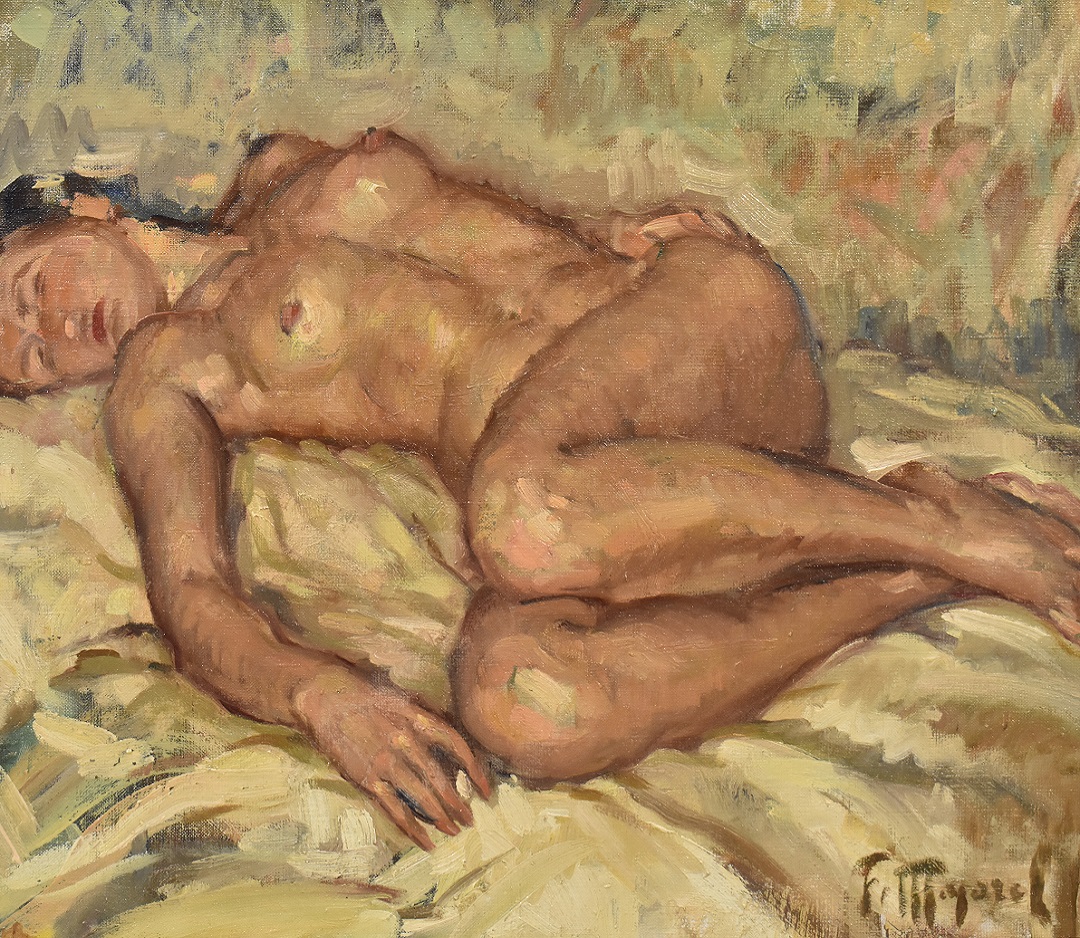The Nude through the Ages

The Nude has certainly been one of the most recurring themes in the history of Art.
The naked human body has in fact been represented in various forms of art since ancient times and has had different meanings depending on the historical and cultural context.
In ancient Greece, for example, nudity was considered an idealization of human beauty. The naked bodies of athletes were exalted as a symbol of physical perfection and became subjects of works of art.
With the advent of Christianity, the naked body has often been associated with the body of Christ and his sufferings. Male nudity was accepted and considered sacred, while female nudity was generally held to be blasphemous, with the exception of depictions of figures such as Eve.
In the Renaissance, the nude underwent a resurgence as an art form. Artists such as Michelangelo created works that glorified the naked human figure, both male and female. The artistic nude had an aesthetic value and also represented ideals of perfection and beauty.
Over the centuries, the representation of the nude has evolved and taken on new meanings. In the 19th century, works of art showing the nude could cause scandal, such as Manet's Olympia. In this period, the nude no longer needed to be justified. In the 20th century, with the advent of photography and cinema, the representation of the nude took on new forms and raised questions about the boundary between artistic and erotic nude.
It is true that in the history of art we have mainly talked about the female nude. This can be attributed to the fact that most of the artists and patrons were men, but also to the fact that the female figure has been the object of idealization and desire. However, there have also been works of art that have depicted the male nude, albeit to a lesser extent.
In conclusion, the nude has been a recurring theme in art that has spanned different eras and cultures. It has taken on different meanings over time, reflecting both the aesthetic ideals and the social and cultural values of each era.




